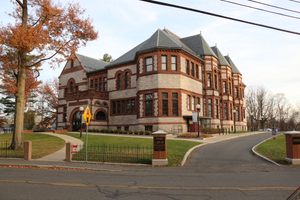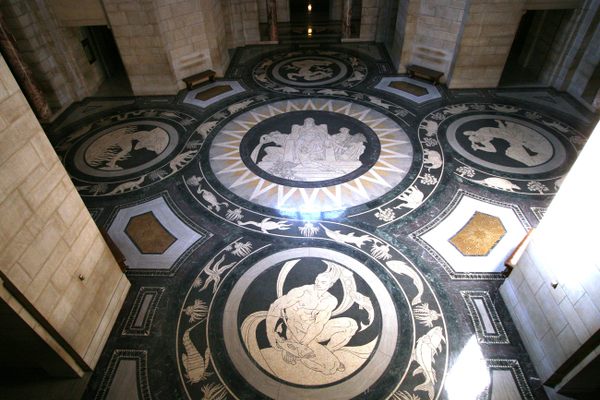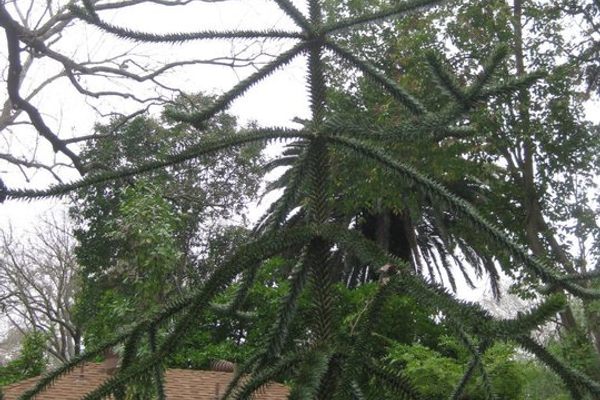About
A series of murals at the Botanic Garden of Smith College chronicles the history of plant life on Earth.
Paintings include the mound-like stromatolites made of Cyanobacteria colonies in the Late Archaeon, the miniature forests of branching moss-like plants from the Devonian-era Rhynie Chert, the vast coal swamps of the Carboniferous, the conifer and ginkgo forests of the Mesozoic, and more. The exhibit is capped by a depiction of plants from the modern age and their interactions with humans.
The murals line the main hallway of the Garden's Lyman Plant House and Conservatory and serve as an introductory lesson for the diversity of flora found within the building. The conservatory’s collections include houses for succulent and cacti, palms and other tropical plants, temperate plants, and descendants of plants featured in the murals such as cycads, conifers, and ferns.
There is also a house featuring plants with culinary, medicinal, and other human uses, and a gallery for changing exhibits. The Botanic Gardens also include a 127-acre arboretum and several managed gardens.
Related Tags
Know Before You Go
The Botanic Garden of Smith Garden is free and open to the public year-round. The Lyman Plant House & Conservatory is open daily from 9 am-4 pm.
Parking is located along Elm Street near the central campus and Green Street. A parking lot can be found next to the Forbes Library.
Community Contributors
Added By
Published
May 16, 2024




































